The Independent Living Movement
A link to a YouTube video about Ed Roberts & the Independent Living Movement.
Independent living, as seen by its advocates, is a philosophy, a way of looking at society and disability, and a worldwide movement of people with disabilities working for equal opportunities, self-determination, and self-respect.
When the process of deinstitutionalization began in the 1960s, some people with significant disabilities were released from inevitable life sentences in nursing homes and other institutions, which created for the first time in history an opportunity, an imperative, for people with disabilities to live free and independent lives. From this, a community and a culture with history, values, and an objective were born. Our first taste of emancipation came amidst massive civil rights movements nationally and abroad. Leaders of the disability community began to realize that our human rights and civil liberties would come only as we fought for them. With most state-run institutions closed, people with significant disabilities became more visible, and more audible, too. But society’s unwelcoming attitude did not change. The private medical industry quickly appropriated the responsibilities of formerly state-run institutions.
Centers for Independent Living were created to be run by and for people with disabilities, and offer support, advocacy, and information on empowerment in the attainment of independence from a peer viewpoint, a perspective that was hitherto excluded from participation in the discussion and execution of “services for the disabled.”
Independent Living activists carried out some of the most daring protests in American civil rights history, including the longest occupation of a Federal building in history, which led to the release of the regulations banning discrimination against people with disabilities in federally funded programs. As Independent Living philosophy took hold nationally and the Disability Rights Movement gained acceptance and political influence, a grassroots movement for a comprehensive disability rights law (the ADA) was implemented.
Today, Centers for Independent Living fight similar battles to ensure that the rights of people with disabilities are protected. Even with the passage of the Americans with Disabilities Act, people with disabilities often find that advocacy and support from the disability community and the Disability Rights Movement is an essential element in the enforcement of the civil rights law.

